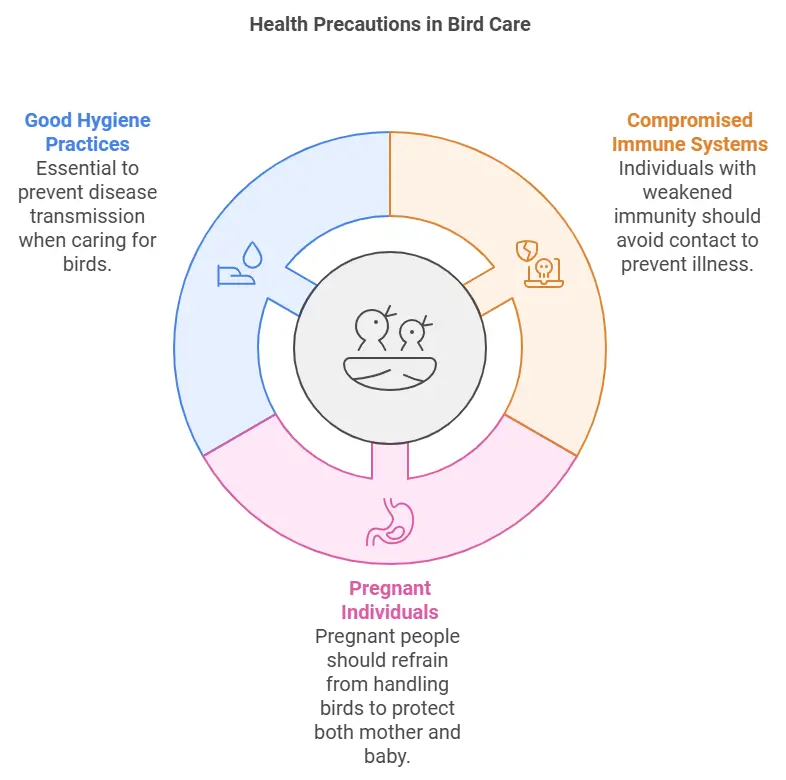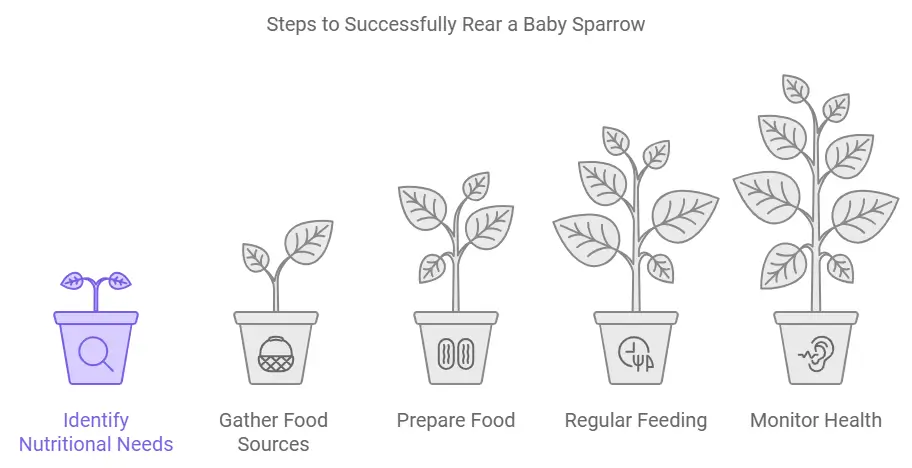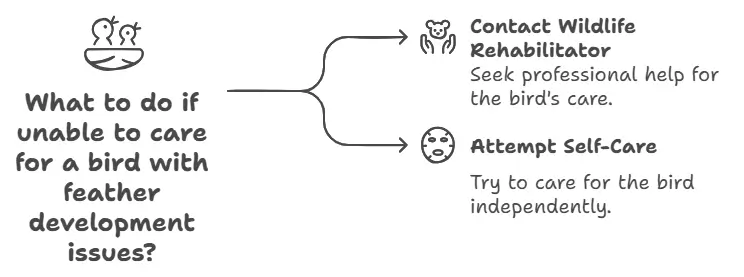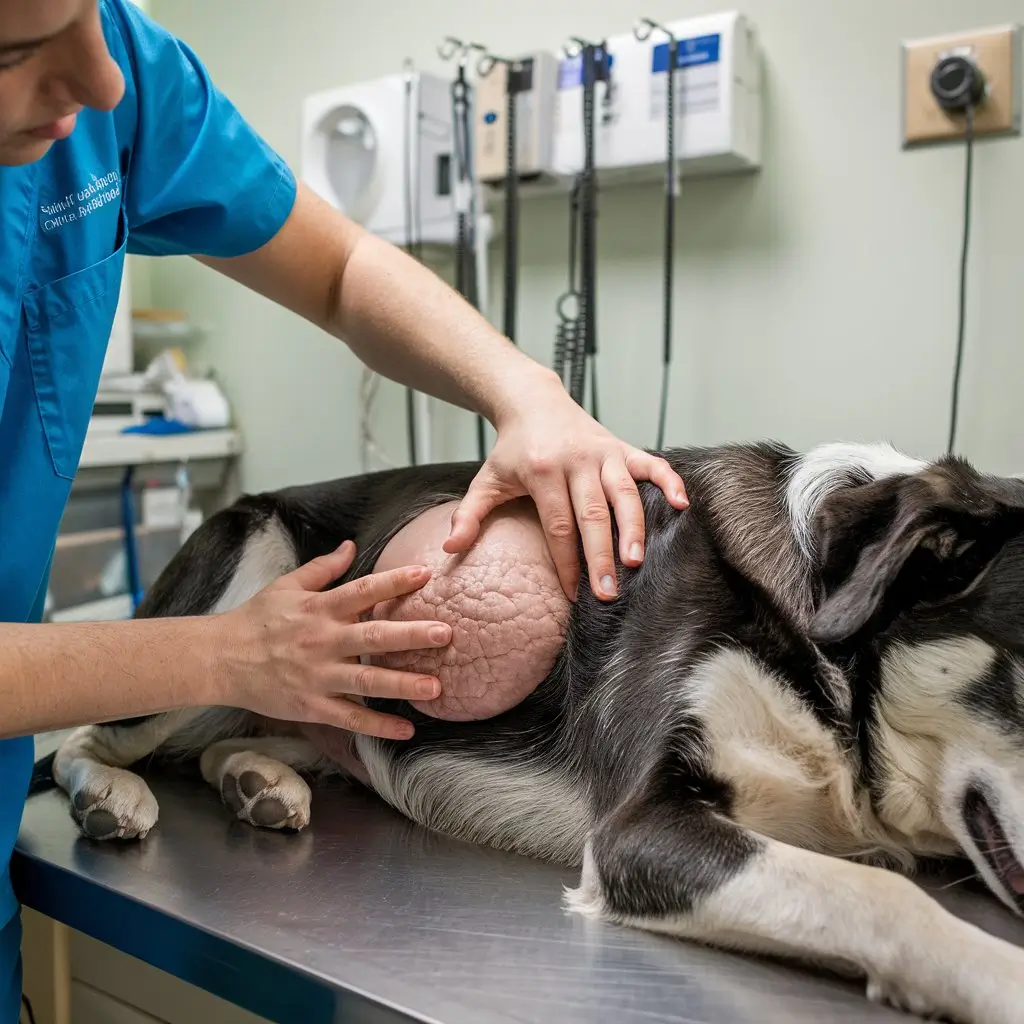

This document serves as a comprehensive guide for individuals interested in raising a baby house sparrow, providing essential information on the legalities, care, feeding, and eventual release of these birds. House sparrows are common and non-protected species, making it legal to care for them when necessary. This guide aims to ensure that caretakers avoid common mistakes, maintain the health of the bird, and prepare it for a successful return to the wild.

I. Introduction
The purpose of this guide is to provide clear and practical advice on how to raise a baby house sparrow. Understanding the needs of these birds and the appropriate steps to take can make a significant difference in their survival and well-being.

II. Avoiding Common Mistakes
Ensuring the Bird is an Orphan
Before intervening, it is crucial to verify if the baby bird truly needs rescuing. Intervention should be a last resort. Distinguish between nestlings (featherless) and fledglings (with feathers) to determine the appropriate actions.

Health Precautions
Individuals with compromised immune systems or those who are pregnant should avoid handling baby birds due to potential diseases like salmonella. Maintaining good hygiene practices is essential when caring for the bird.

Preventing Imprinting
Imprinting occurs when a bird mistakes a human for its parent. To prevent this, minimize human interaction, especially during feeding, to help the bird retain its natural fear of humans, which is vital for its eventual release.

Avoiding Water
Do not give water to nestlings and fledglings, as their diet consists solely of insects. Water can lead to accidental drowning.

III. Keeping a Baby House Sparrow Healthy

Providing Warmth
Create a warm and safe environment for the baby bird using a heating pad, hot water bottle, or heat lamp. The ideal temperature range should be maintained to ensure the bird’s comfort.

Maintaining Beak Cleanliness
After feeding, clean the bird’s beak and face to prevent bacterial infections, which can be detrimental to its health.

Monitoring Progress
Use a gram scale to track the bird’s weight gain daily, indicating healthy development. If the intention is to release the bird, avoid weighing it frequently to minimize human contact.

IV. Feeding a Baby House Sparrow

Initial Diet
Start with puppy or cat food soaked in water, enriched with baby bird formula or Pronutro. Instructions for both hand-feeding and independent feeding are provided.

Incorporating Insects
Add various insects to the diet to resemble the sparrow’s natural food sources. Avoid feeding earthworms due to their toxicity to captive birds.

Nutritional Supplements
Dust live food with vitamin and mineral supplements to ensure balanced nutrition, especially if the live food source is lacking.

Feeding Frequency
Feeding frequency should be based on the bird’s age, with younger birds requiring more frequent feeding. Observe the bird’s hunger cues to determine when to feed.

Water Provision
Use a budgie sipper bottle for water provision to prevent accidental drowning.

Dietary Transition
As the bird matures, gradually transition its diet to include wild bird seed mixed with soaked food, while maintaining food hygiene.

V. Preparing a Baby House Sparrow for Release

Cage Introduction
Move the bird to a cage when it starts hopping. Place the cage outdoors for interaction with other sparrows to aid in re-acclimation to the wild.

Learning Bird Songs
It is important for the baby bird to learn its species’ songs for communication upon release. If interaction with wild sparrows isn’t feasible, consider using audio files.

Gradual Outdoor Exposure
Gradually increase the bird’s outdoor time, allowing it to hop and eventually fly in safe spaces. Test the bird’s flight readiness before release.

Release Readiness
Ensure the bird can eat independently and has not imprinted before release. If it has imprinted, it should be kept as a pet.

VI. Expert Q&A
This section addresses common questions regarding feather development and provides options for those unable to care for the bird, recommending contact with a wildlife reha
bilitator.

VII. Additional Tips and Warnings
This section offers additional tips for feeding and handling the baby sparrow, along with warnings against harmful practices such as feeding earthworms or milk. Following these guidelines will help ensure the health and successful release of the baby house sparrow.

Discover more from TEESHSH COOL
Subscribe to get the latest posts sent to your email.




